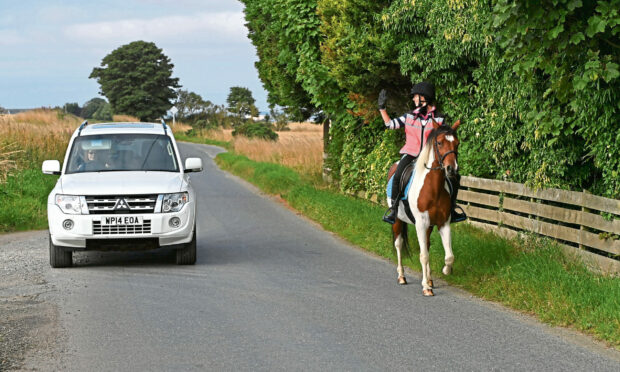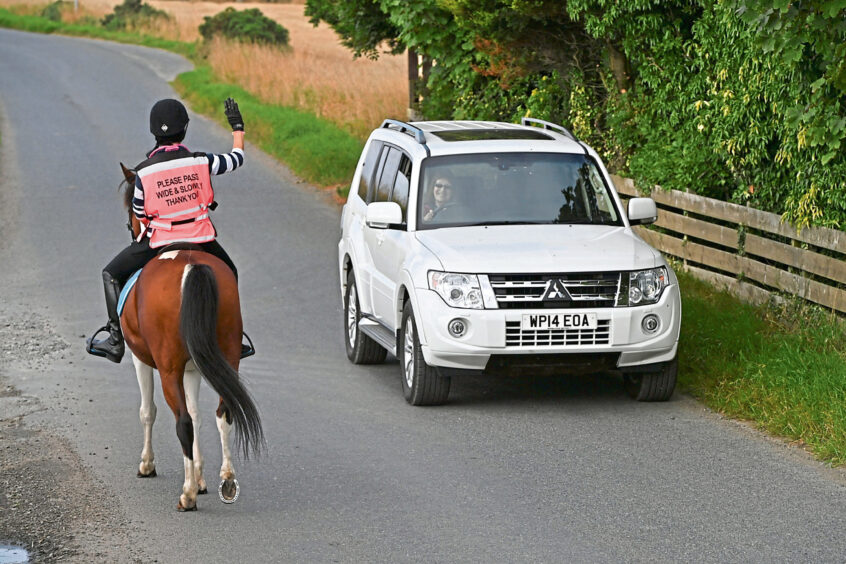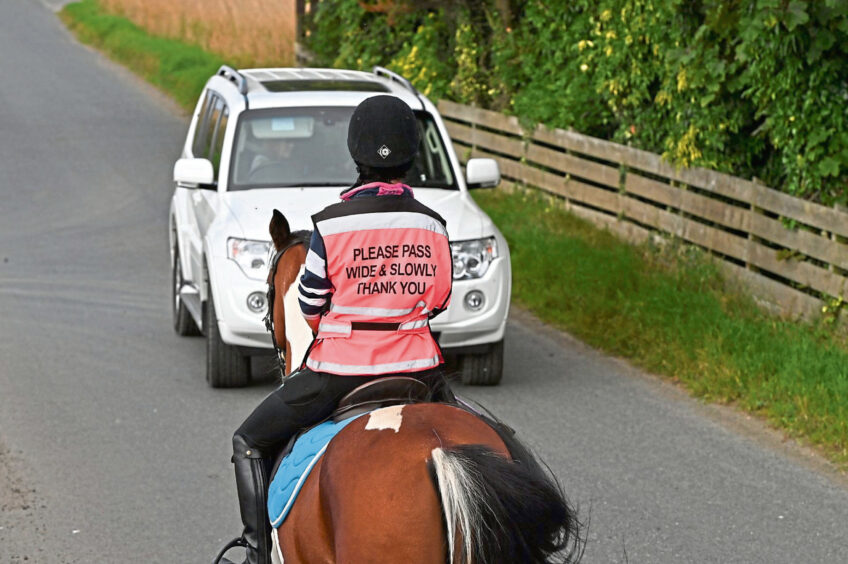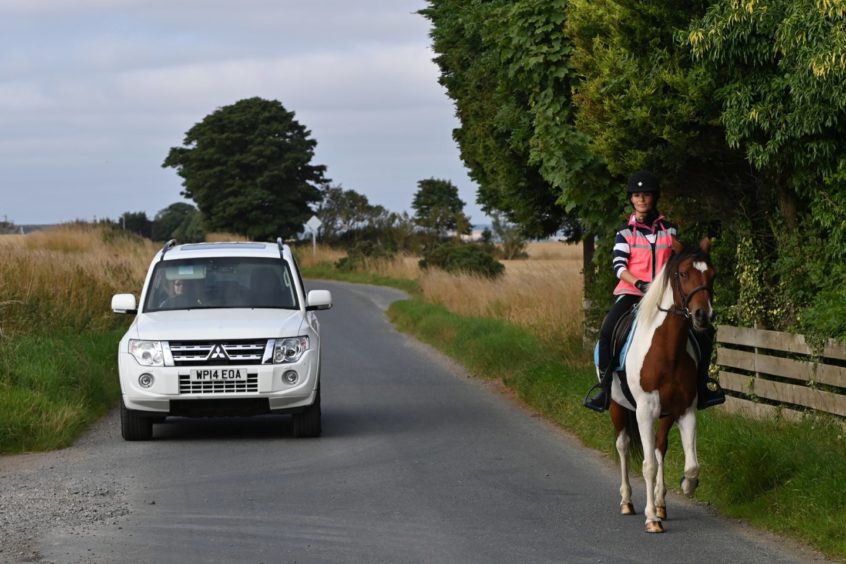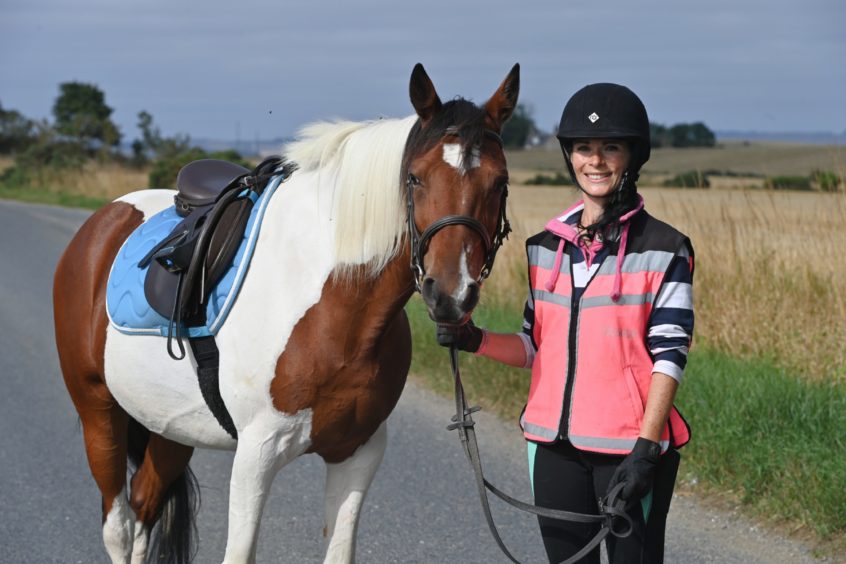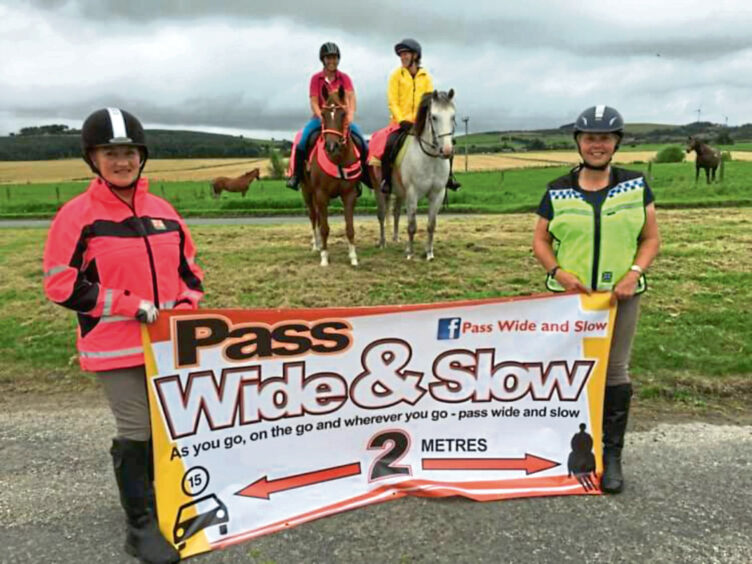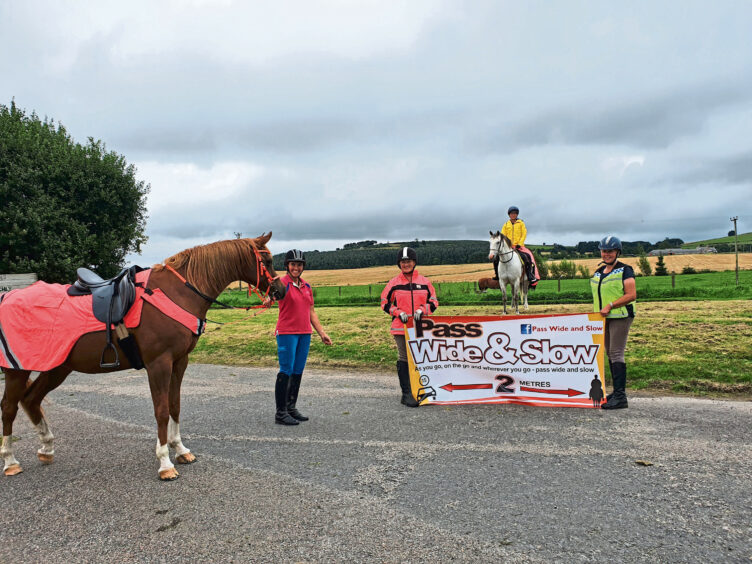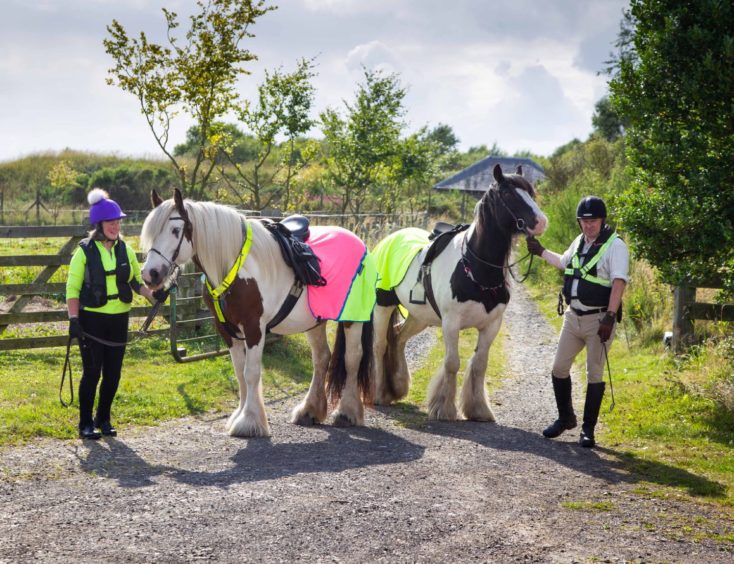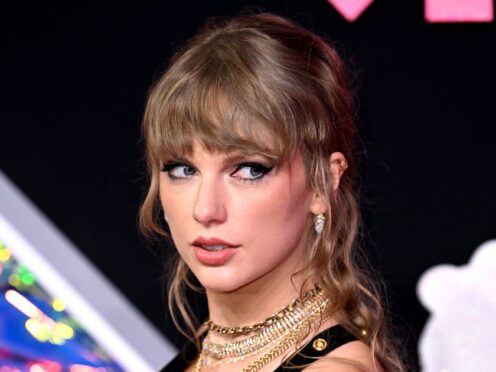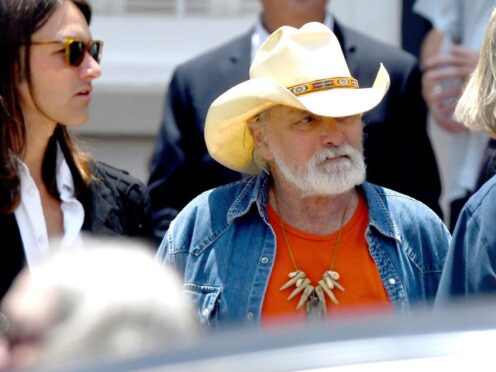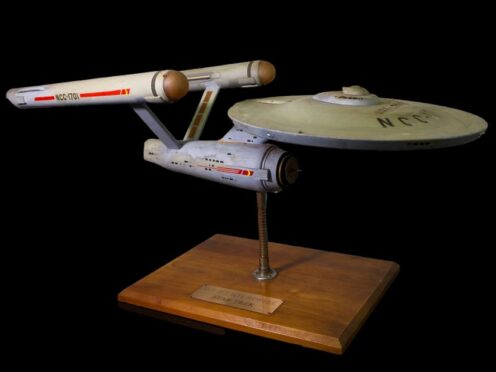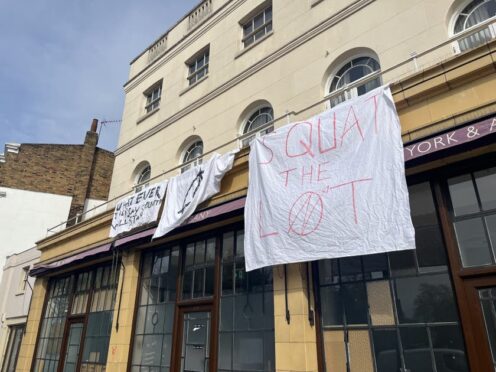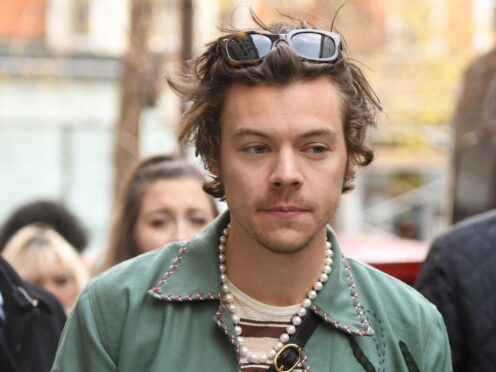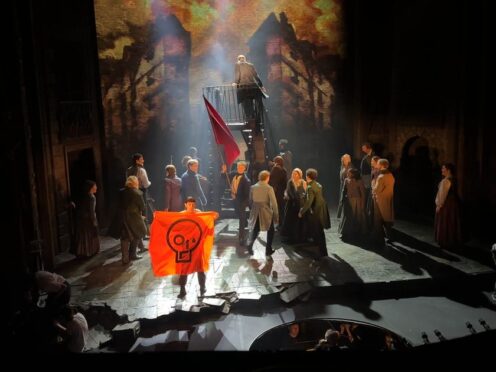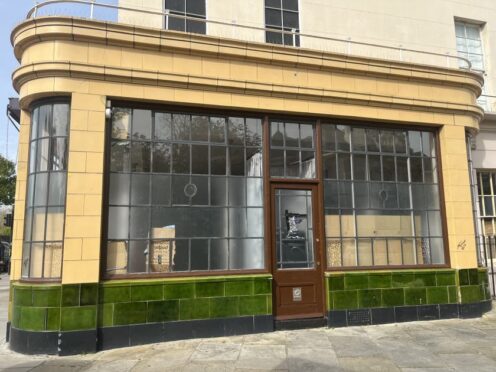Horse riders and cyclists risk their lives on the roads every day. Gayle finds out about a nationwide event to promote awareness of dangerous driving.
This is not an elitist rant. It’s about safety, respect, freedom and understanding.
I might be lucky enough to have a horse, but I (and thousands of others) should be able to ride on Scotland’s public roads without feeling we are risking life and limb.
The sad truth is, we are doing exactly that.
Every time I set out on the roads with my horse Blaze, there’s a feeling of anxiety – a real fear for my life, and his.
I try to avoid public roads where possible, because they are the domain of tractors, buses and cars galore, and while many drivers ARE considerate, some are downright dangerous, speeding by at close proximity.
Why take the risk, you might ask? In many cases, we have little or no alternative.
The woodlands where I rode for many years were fenced off by the landowner a few months ago. The beach involves a laborious trip in the trailer.
Going pretty much anywhere involves crossing or using public roads.
Anyone who says we shouldn’t be riding, given these risks, could do well to understand that this is our passion. You might love golf, football, sailing or rugby, but we love riding. And we have a right to ride on the roads.
Then there are those who assume that if they see a horse on the roads, it must be “good in traffic”.
Horses are unpredictable “fight or flight” creatures. They can be spooked by birds, crisp bags or rustling leaves, and when a horse spooks, it can be dangerous.
He might rear, spin round, kick, throw his rider or (accidentally) run into your vehicle. And I’m guessing nobody wants a 2,000-pound equine smashing through their windscreen.
There’s also the possibility it’s the horse’s first time on the roads, or he’s inexperienced. He needs to start somewhere and the fact is – anything could happen.
According to the British Horse Society, there are more than 3,000 accidents on UK roads each year involving horses. These figures include fatalities.
On a three-mile hack last week, a mile of which was along a bus route, I counted 19 vehicles. Two were buses, three were vans and the rest were cars or 4x4s.
I was very grateful to the drivers who slowed down and gave me a wide berth, but one zipped by at breakneck speed. Luckily my horse was not fazed, but come on! I was hardly invisible. I was sporting a bright pink tabard with the words, “please pass wide and slowly”, emblazoned on the back.
The first bus did slow down but not enough. I was in a lay-by as it approached but still, my horse spun round in a panic and stumbled into a ditch, his heart racing. The driver didn’t even notice.
The next bus came from behind, a bit slower. Poor Blaze danced on the spot but nothing bad happened.
I’d love it if more drivers thought about the consequences of their actions.
And I’m on board with a nationwide event called Pass Wide and Slow (PWAS) running on September 19 to raise awareness of the importance of passing horses safely on roads.
Riders are organising events up and down the country, from Angus to Aberdeenshire and beyond, with groups enjoying hacks on public roads, some with a police presence and marshals, walkers and cyclists.
The PWAS event forms part of a nationwide safety campaign across the UK which was launched in England in 2015 by Debbie Smith.
In 2017, there were 20 PWAS events and in 2019 there were 50. This year there will be more than 180.
Moira Cooper and Shelley Baird-Clarke are organising two hacks starting from Karlyn House Stables at Gordonstown near Banff.
“In the 16 years we’ve lived here, there’s been a significant increase in traffic. Some drivers show no regard for the safety of the horse and rider or themselves,” says Moira.
“I’ve had three near misses. I stopped riding from my house for a few years because I was scared to ride on the roads. I’m still scared but have regained some confidence and ride with others or have a family member walk alongside me.”
Moira hopes her PWAS ride will encourage drivers to slow down and give horses, pedestrians and cyclists a wide berth.
“We’ve had tremendous support from the local community and police,” she says.
Stuart and Nicki Masterson, from Pitkennedy, are hosting a PWAS event in Angus.
“We’ve both witnessed incidents of drivers going too fast or getting too close,” says Stuart, 51.
“Hopefully our event will encourage road users to be more considerate.
The Angus event begins in Pitkennedy and follows a 20km circular route through Brechin and back on a mixture of B-roads, paths and forest tracks.
“The event was set up after a young lass and a horse in England suffered horrific injuries after being dragged along by a car,” says Stuart.
“She survived, but that should never have happened.
“Around two horses are killed every year on UK roads by dangerous drivers.”
- For details of PWAS events on September 19, see the Pass Wide and Slow Facebook page.
